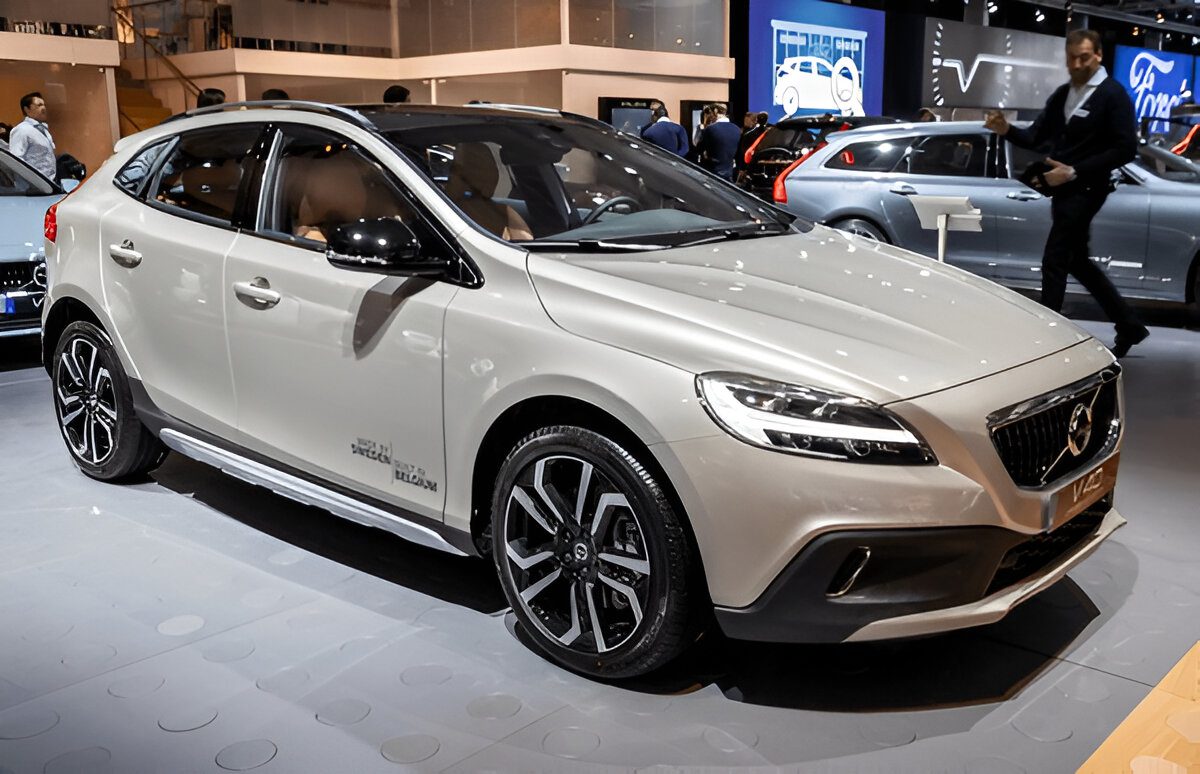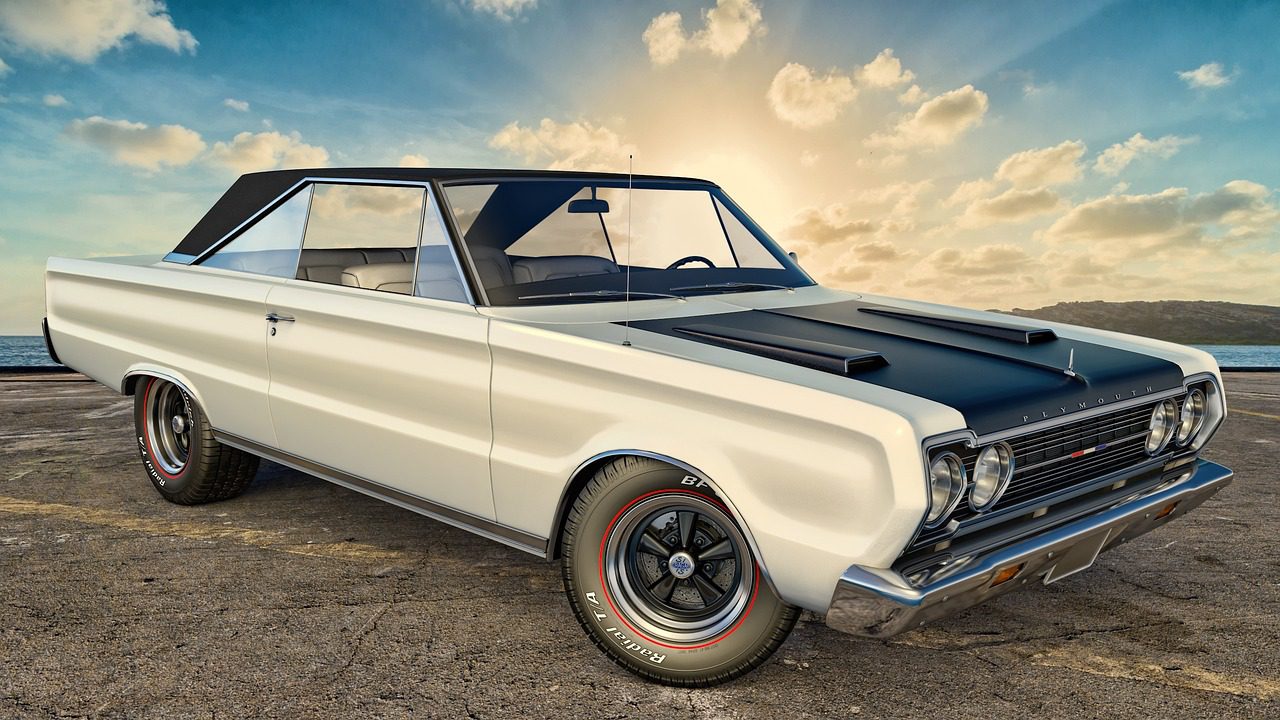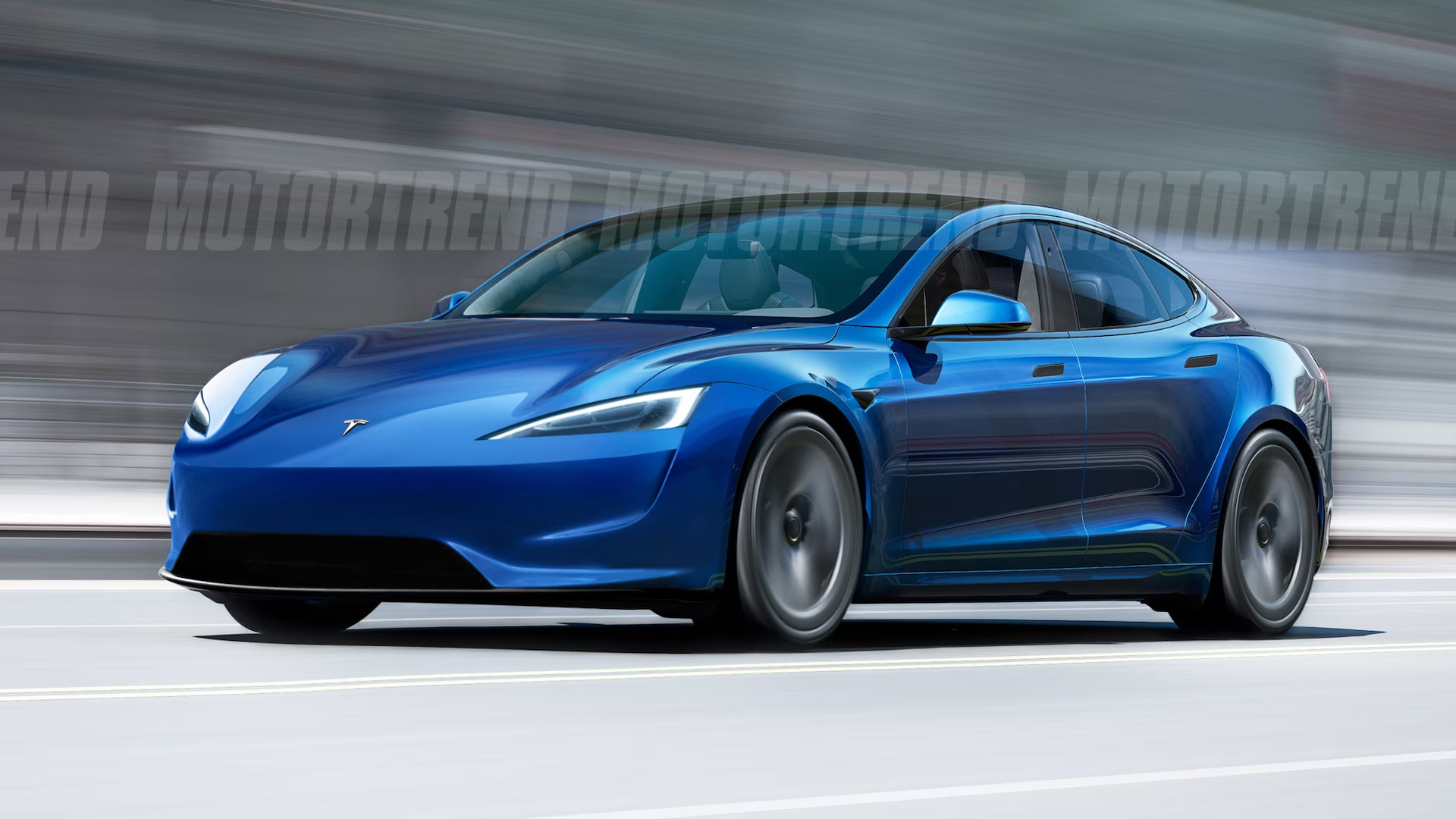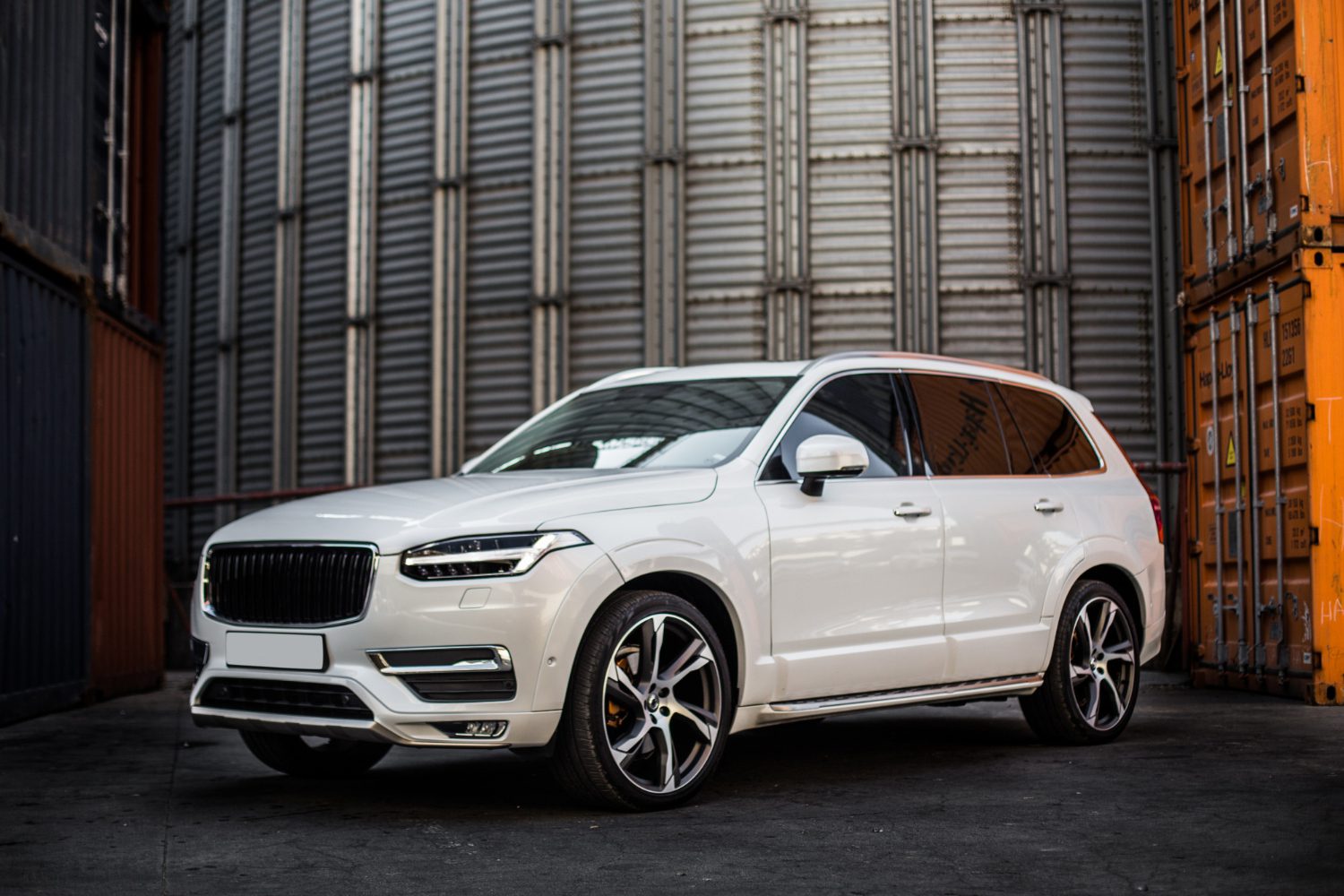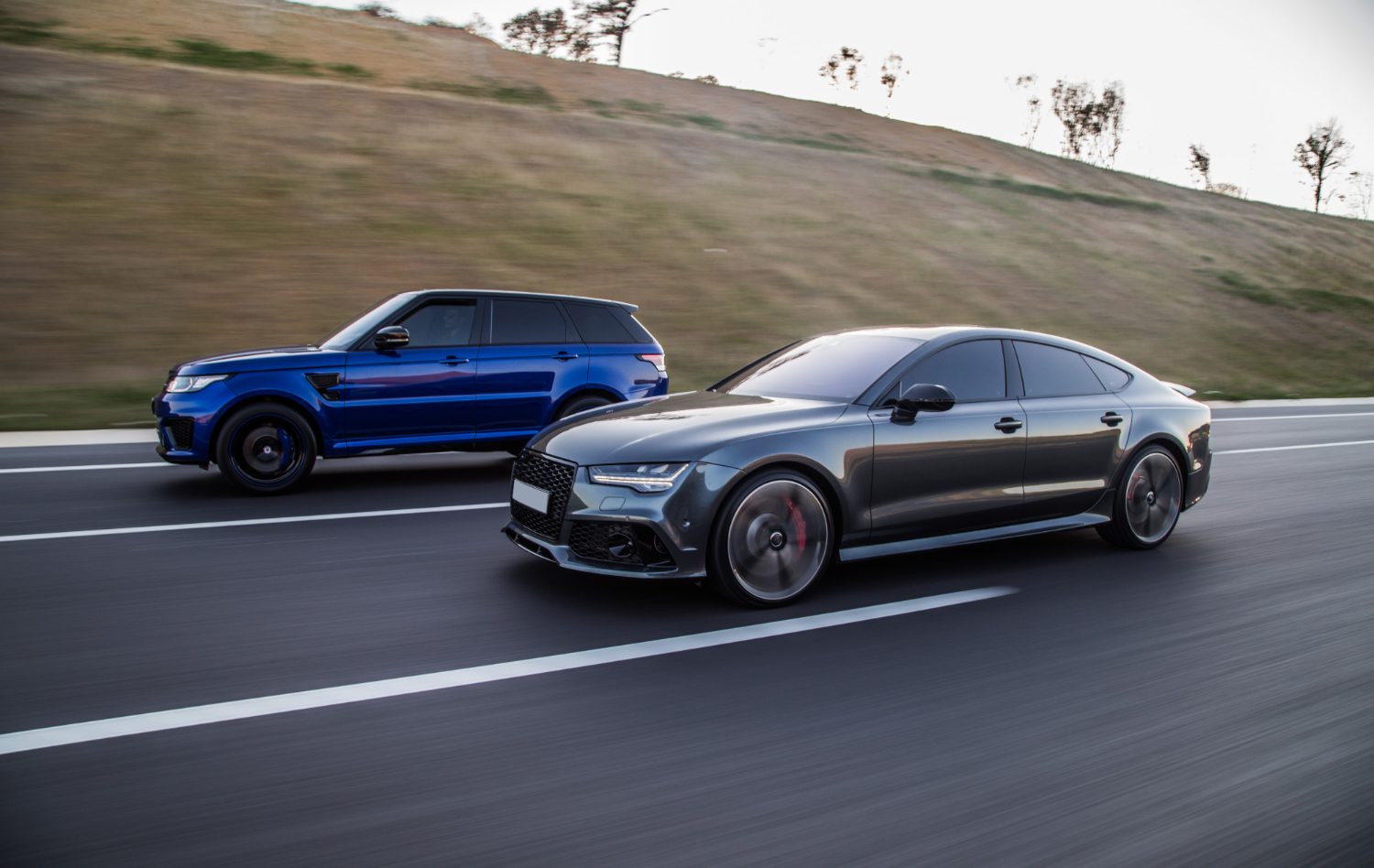Muscle cars are more than just high-performance vehicles; they represent a golden era in American automotive history, embodying raw power, speed, and freedom. Born out of the post-war optimism of the 1950s and 60s, these powerful machines became symbols of rebellion, youthful exuberance, and the American dream. From their humble beginnings to their continued influence on car culture today, the muscle car phenomenon has left an indelible mark on the automotive industry and American culture. Let’s dive into the history of muscle cars and explore how they shaped the automotive landscape.
The Birth of the Muscle Car: 1949-1960
The muscle car era can be traced back to the late 1940s and early 1950s, when American automakers began experimenting with performance-oriented vehicles. One of the earliest precursors to the muscle car was the 1949 Oldsmobile Rocket 88, which featured a powerful V8 engine in a lightweight body. This car set the stage for what would become the muscle car formula: a large, powerful engine in a mid-sized, affordable car. Throughout the 1950s, cars like the Chrysler 300 and the Chevrolet Corvette began to offer high-performance options that catered to a growing market of enthusiasts. However, it wasn’t until the 1960s that the true muscle car movement took off, fueled by rising demand for speed, power, and affordability.
The Golden Age of Muscle Cars: 1960s-1970s
The 1960s are widely regarded as the golden age of muscle cars, a time when American automakers unleashed some of the most iconic performance vehicles in history. This era gave birth to legends like the Ford Mustang, Chevrolet Camaro, Dodge Charger, and Pontiac GTO.
- 1964 Pontiac GTO: Often credited with starting the muscle car craze, the Pontiac GTO is considered the first true muscle car. Introduced as an option package for the Pontiac Tempest, the GTO featured a 389 cubic inch V8 engine capable of producing up to 360 horsepower. Its affordable price and aggressive styling made it a hit among young drivers, and it became an instant classic.
- Ford Mustang: Launched in 1964, the Ford Mustang revolutionized the automotive industry and gave rise to the term “pony car.” While the Mustang started as a stylish and affordable sports car, performance variants like the Shelby GT350 and Boss 429 turned it into a formidable muscle car contender.
- Chevrolet Camaro: In response to the Mustang, Chevrolet introduce
- d the Camaro in 1967. The Camaro, particularly in its SS and Z/28 variants, offered big-block V8 engines and high-performance features that rivaled Ford’s pony car. The fierce competition between the Mustang and Camaro became one of the most iconic rivalries in automotive history.
- Dodge Charger and Plymouth Road Runner: Chrysler’s Dodge and Plymouth brands became synonymous with muscle cars during the late 1960s and early 1970s. The Dodge Charger R/T and Plymouth Road Runner were both known for their aggressive styling and powerful HEMI V8 engines, which dominated drag strips and street races across the country.
The golden age of muscle cars was defined by a “win-on-Sunday, sell-on-Monday” mentality, where automakers pushed the limits of performance to win races and attract customers. Muscle cars became symbols of youthful rebellion and independence, and they were frequently featured in movies, TV shows, and music, further embedding them into American pop culture.
The Decline of the Muscle Car: 1970s
As the 1970s rolled in, the muscle car era faced several challenges that led to its decline. Several factors contributed to the downfall of the muscle car movement:
- Oil Crisis of 1973: The global oil crisis in the early 1970s led to skyrocketing fuel prices and a shift in consumer preferences toward smaller, more fuel-efficient vehicles. Muscle cars, known for their massive V8 engines and poor fuel economy, were no longer as appealing to buyers.
- Government Regulations: New safety and emissions regulations also played a significant role in the decline of muscle cars. The Clean Air Act of 1970 imposed stricter emissions standards on automakers, which forced many to detune their engines. As a result, the horsepower of muscle cars dropped significantly during the 1970s.
- Insurance Costs: Muscle cars were fast, powerful, and often driven recklessly, leading to higher accident rates. Insurance companies began charging higher premiums for high-performance vehicles, making them less affordable for the average buyer.
By the mid-1970s, many of the iconic muscle cars were either discontinued or severely watered down. The era of high-horsepower American muscle appeared to be over.
The Muscle Car Revival: 1980s-Present
Though muscle cars had seemingly faded into obscurity by the 1980s, they never disappeared entirely. Enthusiasts continued to restore and collect classic muscle cars, keeping the spirit of the movement alive. By the late 1980s and 1990s, American automakers began to reintroduce high-performance vehicles inspired by the classic muscle cars of the 1960s and 70s.
- Ford Mustang GT and Cobra: The Ford Mustang experienced a resurgence in popularity with the introduction of the Fox Body Mustang in the 1980s. In the 1990s and early 2000s, Ford continued to refine the Mustang with performance-oriented models like the Mustang Cobra and Mustang GT.
- Chevrolet Camaro and Dodge Challenger: The Camaro and Challenger also made a triumphant return in the late 2000s, with both cars drawing heavily on their classic muscle car heritage. Modern versions of these cars offer cutting-edge technology, powerful engines, and retro-inspired styling.
Today, muscle cars have found a new generation of fans, with models like the Dodge Challenger Hellcat, Ford Mustang Shelby GT500, and Chevrolet Camaro ZL1 pushing the limits of performance and technology. These modern muscle cars blend classic styling with contemporary engineering, offering the same thrills and excitement that defined the original muscle car era.
The Cultural Impact of Muscle Cars
Muscle cars have left an undeniable mark on American automotive culture. Beyond their incredible performance, muscle cars represent a unique blend of freedom, rebellion, and individuality. They’ve appeared in countless movies, from “Bullitt” to “The Fast and the Furious”, and have become symbols of power and American ingenuity. Muscle car gatherings, shows, and clubs continue to thrive, bringing together enthusiasts from all walks of life to celebrate these iconic machines. Whether it’s the roar of a V8 engine at a drag strip or the sight of a beautifully restored classic at a car show, muscle cars remain a vibrant part of American car culture.
Conclusion: A Lasting Legacy
The history of muscle cars is one of triumph, innovation, and perseverance. Despite the challenges they’ve faced over the years, muscle cars continue to capture the imagination of car lovers around the world. Their legacy lives on in the cars we drive today, in the movies we watch, and in the car culture that thrives in America and beyond. Whether you’re a fan of the classics or prefer the high-tech muscle cars of today, there’s no denying that muscle cars have earned their place as true icons of American automotive history.
FAQs for History of Muscle Cars
1. What defines a muscle car?
A muscle car is a high-performance vehicle typically characterized by a large, powerful V8 engine, aggressive styling, and a focus on speed and power. These cars became popular in the 1960s and 1970s, symbolizing rebellion, freedom, and the American dream.
2. What was the first true muscle car?
The 1964 Pontiac GTO is widely considered the first true muscle car. It featured a 389 cubic inch V8 engine and aggressive styling, setting the standard for what would become the muscle car formula.
3. Why did muscle cars become so popular in the 1960s?
Muscle cars gained popularity in the 1960s due to a combination of factors: the desire for affordable performance vehicles, the rise of youth culture, and a booming post-war economy. The Ford Mustang, Chevrolet Camaro, and Dodge Charger all contributed to the era’s golden age of muscle cars.
4. How did the oil crisis and government regulations impact muscle cars?
The oil crisis of 1973 led to skyrocketing fuel prices, making gas-guzzling muscle cars less appealing. At the same time, government regulations on emissions and safety forced manufacturers to detune engines and reduce horsepower, contributing to the decline of muscle cars in the 1970s.
5. Are muscle cars still popular today?
Yes, muscle cars have experienced a revival, especially in the 1980s and 2000s. Modern versions of iconic models like the Ford Mustang, Chevrolet Camaro, and Dodge Challenger combine classic styling with cutting-edge technology and powerful engines, attracting a new generation of enthusiasts.
6. What are some of the most iconic muscle cars?
Some of the most iconic muscle cars include the 1964 Pontiac GTO, 1965 Ford Mustang, 1967 Chevrolet Camaro, and the 1968 Dodge Charger. These vehicles are considered legends due to their performance, style, and cultural impact.
7. Why are muscle cars important to American culture?
Muscle cars represent a blend of freedom, rebellion, and American ingenuity. They have become symbols of power and individuality, often featured in movies, TV shows, and music, cementing their status as icons of American automotive culture.
8. How has the design of muscle cars evolved?
Modern muscle cars retain the powerful engines and aggressive styling of their predecessors but incorporate advanced technology, better fuel efficiency, and improved handling. Cars like the Dodge Challenger Hellcat and Ford Mustang Shelby GT500 showcase the perfect blend of classic muscle car appeal and contemporary engineering.
9. Are muscle car gatherings still popular?
Yes, muscle car shows and gatherings continue to thrive, bringing together enthusiasts to celebrate these legendary vehicles. Whether it’s a classic car show, a drag race, or a muscle car club meet-up, these events remain central to car culture.
10. What is the legacy of muscle cars?
The legacy of muscle cars is one of innovation, perseverance, and a love for high-performance automobiles. Their influence continues in modern cars, pop culture, and the automotive industry, solidifying their place as enduring symbols of American history and car culture.





